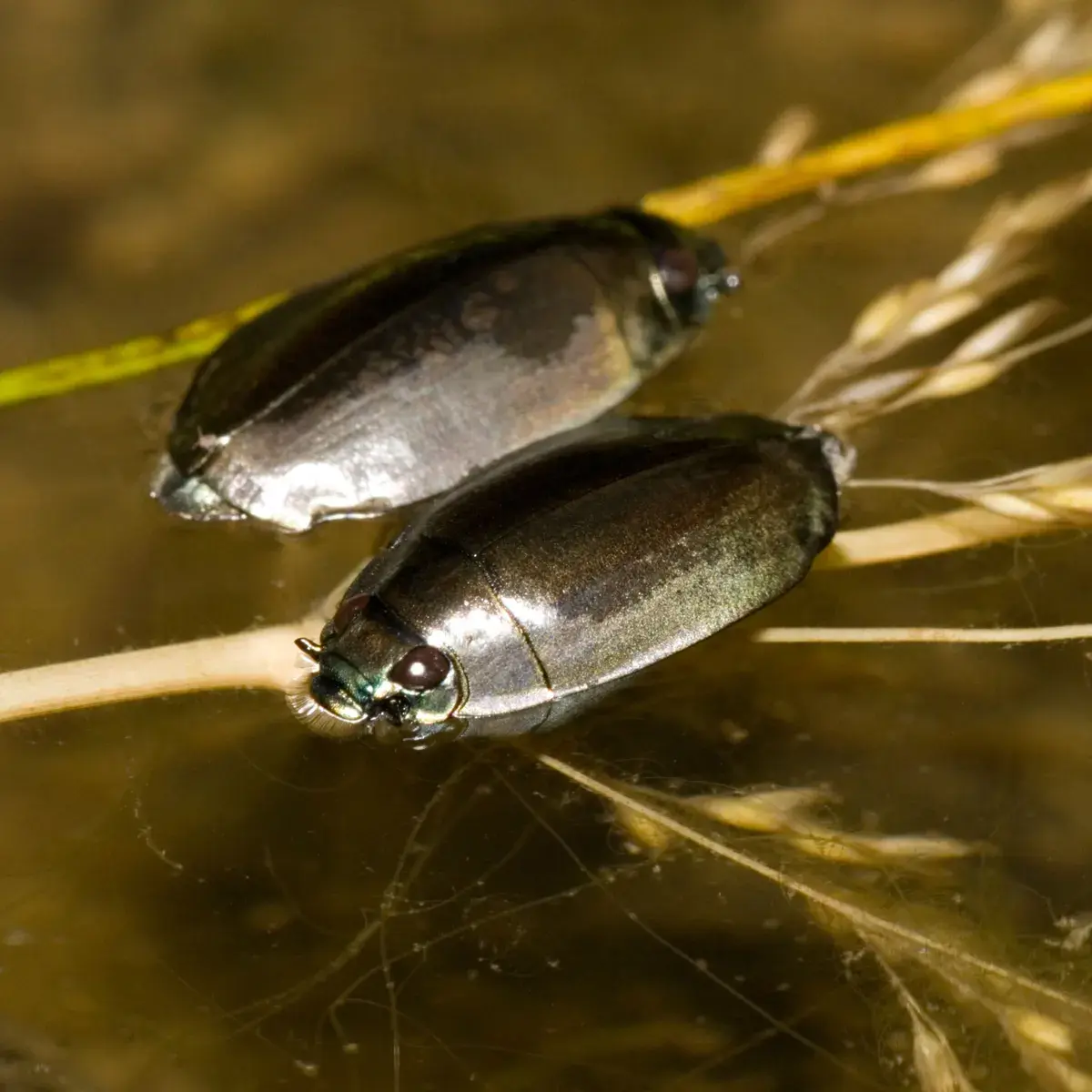Feddit UK
3,438 readers151 users here now
Who are we?
Feddit.uk is UK-centric, with integration to the wider Fediverse.
We tend to focus on UK-interest communities, others are welcome.
The name is a shortening of "federate it".
Want to share a thing? Share it with the fediverse, or, fed-it.
- See it
- Like it?
- Feddit
What are the rules here?
- No racism, sexism, homophobia, transphobia or xenophobia
- No incitement of violence or promotion of violent ideologies
- No harassment, dogpiling or doxxing of other users
- Do not share intentionally false or misleading information
- Do not spam or abuse network features.
- Alt accounts are permitted, but all accounts must list each other in their bios.
Rules apply on this instance, and when using an account from this instance to interact with other instances.
Administrators may warn or ban for breaches of the rules, or the spirit of the rules.
Where should I start?
Here
- !unitedkingdom@feddit.uk for general UK news.
- !casualuk@feddit.uk for general chit-chat.
- !uk_politics@feddit.uk for politics.
- !memes@feddit.uk to watch us get arrested for stealing memes without a licence.
- !askuk@feddit.uk to find out where to get a meme licence.
- !andfinally@feddit.uk for silly news.
Elsewhere
Frontends
Donation Link
This site does not serve adverts.
Contact
Uptime status
Fediseer
Threads
Meta's activitypub network has been blocked as a default.
If you believe there is a good case for this not to be, please start a thread in the feddit.uk community.
Banner
Credit for the iconic banner --> https://joelgoodman.net

founded 1 year ago
ADMINS
1
2
view more: next ›

